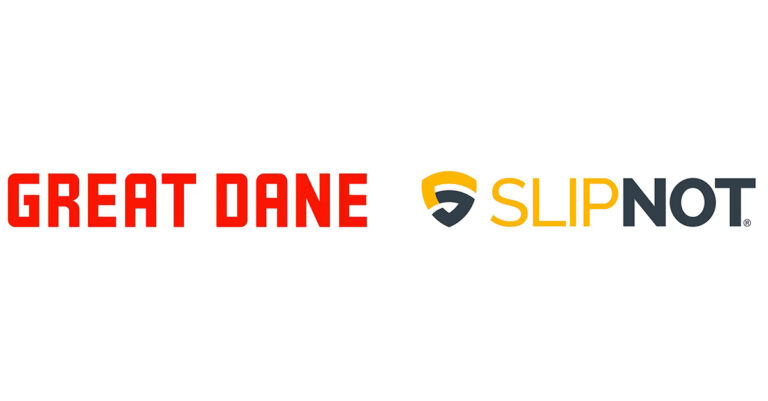Safety modifications and improvements cost money. Where will those resources come from? Safety leaders must convince the company that installing safe, non-slip technologies on floors, ladders, stairs, and other risky areas is a good long-term investment.
This can be challenging for plant engineers, managers, and safety leaders, who are trying to communicate risk and return on investment (ROI). They know an ounce of prevention is worth ten pounds of cure, and they need to construct a robust approach to communicate this information and show the value to the business. The key is making a strong business case with a tangible return on investment (ROI).
- Identify the problem
- Collect company data
- Research solutions
- Determine lifecycle costs
- Craft the proposal
Developing the Business Case for Safety
Identifying the problem requires a little footwork. Walk through the facility, chat with employees, identify high-traffic areas, and take detailed notes.
- Are people avoiding certain places or walking gingerly through them?
- Do you see quick-fix warning signs on display, such as “caution” or “slippery when wet” signs?
- Do existing safety measures, such as grit tape or neoprene mats, require constant attention to fix or replace?
Collect current data on the facility’s operational costs and research past incidents, including actual accidents and near misses. In addition, look into other non-slip solutions the facility has used in the past. How much did they cost, and what were their impacts on safety?
Research the available solutions to show due diligence and give leadership options. Evaluate which solutions will work best in the specific type of facility under review. Use coefficient of friction (COF) to rate potential solutions.
Always Consider Lifecycle Costs
In addition to COF, durability is a major issue. A solution that costs less in the short run, but only lasts a couple of years, provides poor ROI. Include the product’s total life cycle costs: materials, labor, maintenance, and eventual replacement. What will each solution cost over a 15-year time horizon?
In particular, the CFO will be interested in quantifying the replacement capital expenditure (CAPEX), which highlights the value of durability. For example, when comparing two competing products, consider which is a better investment if one is expected to last ten years and the other seven. The second product will need to be replaced sooner and more often. The company may save on the initial installation but purchasing the less durable product will increase CAPEX costs.
Calculate Injury Costs
Allowing an injury to happen is an expensive problem, generating both obvious and hidden costs. Direct results include fines from the Occupational Safety and Health Administration (OSHA), increased legal expenses, decreased morale and productivity, and bad press, which can impair recruitment.
There are also indirect outcomes, including insurance premium increases, wages workers’ compensation does not cover, lost time from work stoppages, training replacement employees, and product delays.
Injuries are costly for everyone, so it’s important to represent that to the CFO as tangibly as possible. The OSHA Safety Pays Calculator can estimate the cost of each accident. A minor accident costs around $28,000; a major one will cost approximately $60,000, and a catastrophic accident could exceed $100,000.
Pair Risk Assessment with Safety Solutions
In the final report, highlight the potential frequency of slip and fall risks and their potential financial impacts from the risk assessment. Compare the costs of the risks with mitigation solutions that work for the facility and its purpose – both in the near- and long-term.
Most importantly, compare the costs of the safety investment to the costs of doing nothing. Compared to the risks, the investment in safety materials will seem small.
Creating a proactive financial plan to mitigate slip and fall risks and working steadily to retrofit hazardous areas into safer workspaces demonstrates definitive progress to improve employee safety and meet regulatory and legal requirements. Companies with the best safety records make it a company value and invest accordingly. Protecting employees reduces the risk of injury and drives an overall safety culture that keeps people on the job and maximizes productivity.



